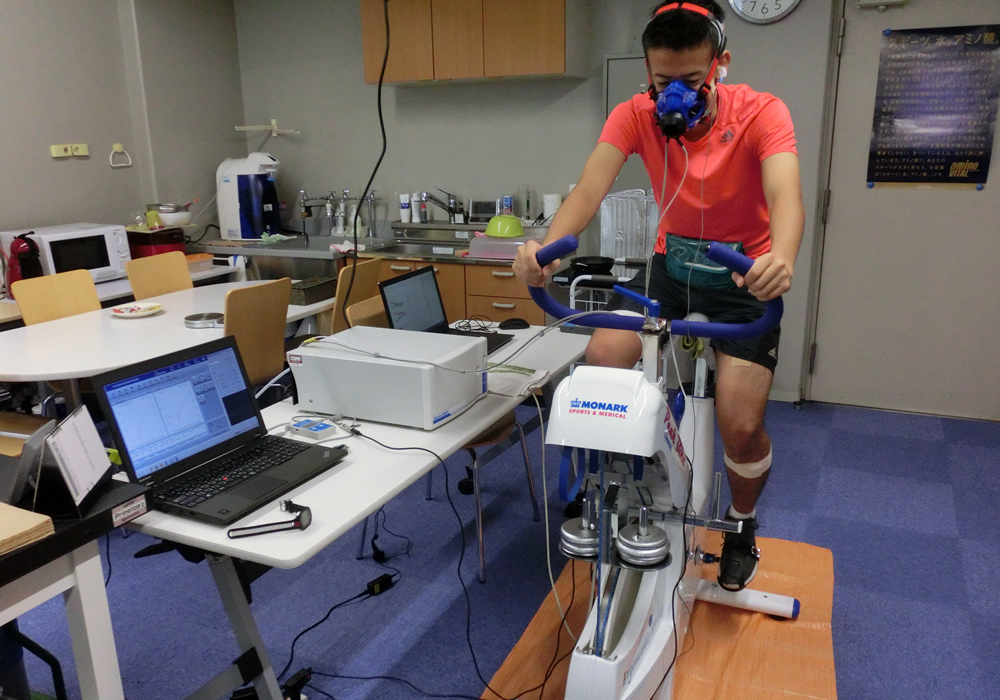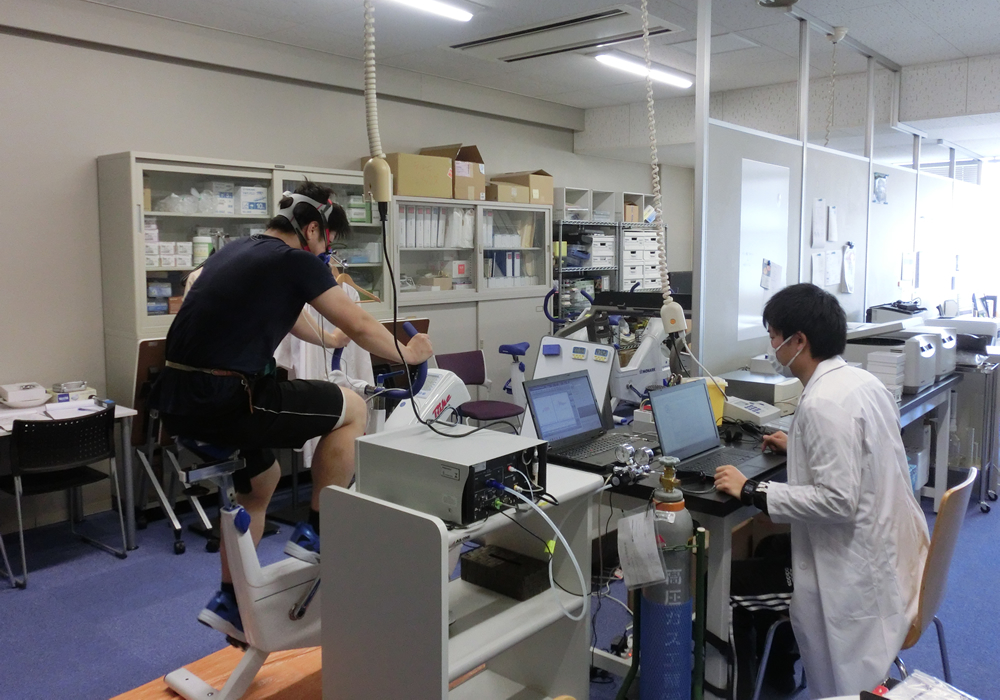About Our Research
The contribution of regular exercise in lowering cardiovascular disease risk has been known for some time. However, a government commissioned survey reported that approximately only 30 % of Japanese currently participate in regular exercise (defined as performing 30 min of physical activity at least 2 times a week continuing for at least one year). Thus, recommending small achievable increases in preferred daily activities may encourage more people to participate in physical activity (i.e., activities in daily life plus exercise) time.
Our research interests are focused on the prevention of chronic disease and the development of physical performance through physical activity and diet interventions from adolescents to older adults. We are also trying to translate our research findings into practice.
The present our research projects are as follows.
1. The role of physical activity and food intake in preventing atherosclerosis in older adults
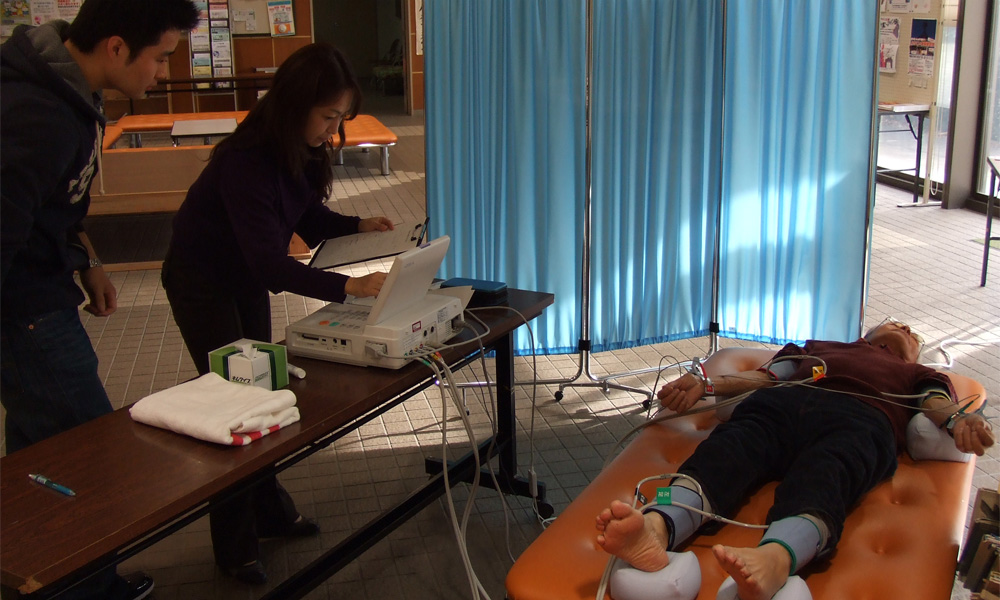

2. The effects of exercise and diet interventions on physical fitness and mental health in children and adolescents
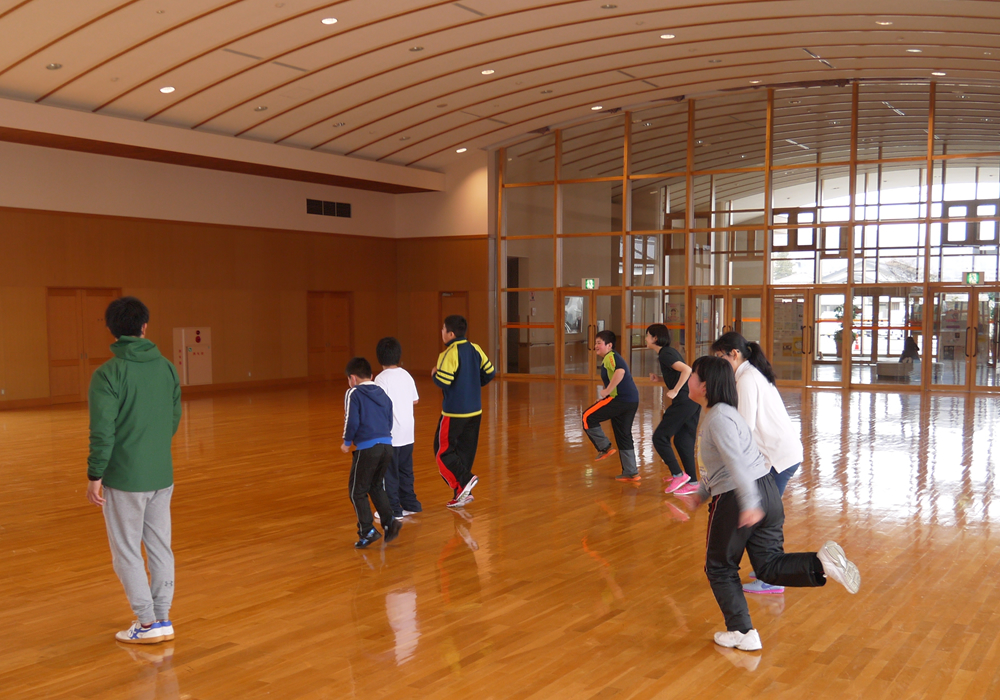
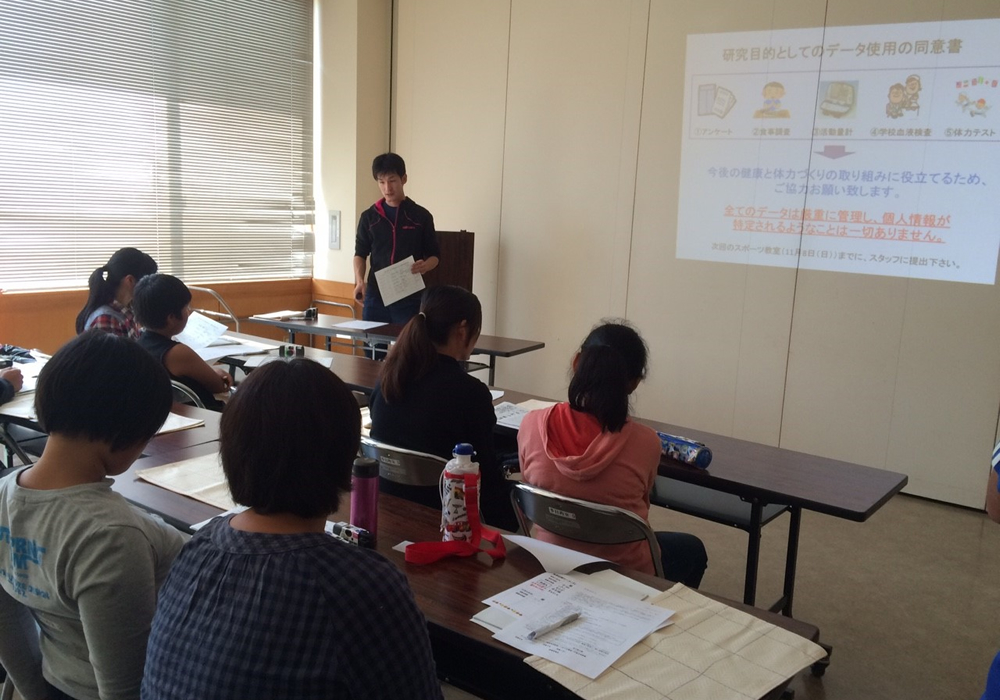
3. The role of exercise and appetite regulation
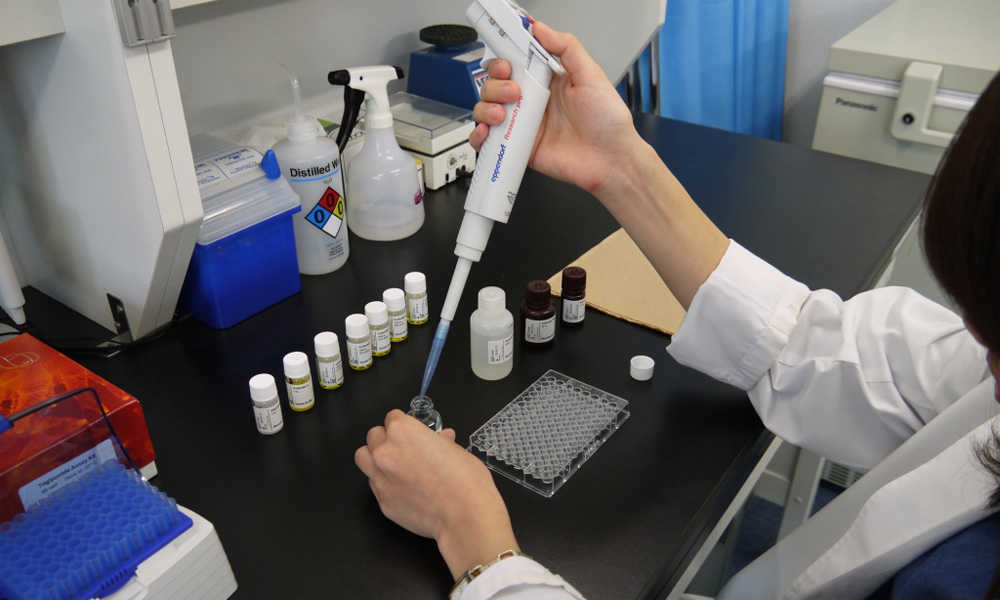
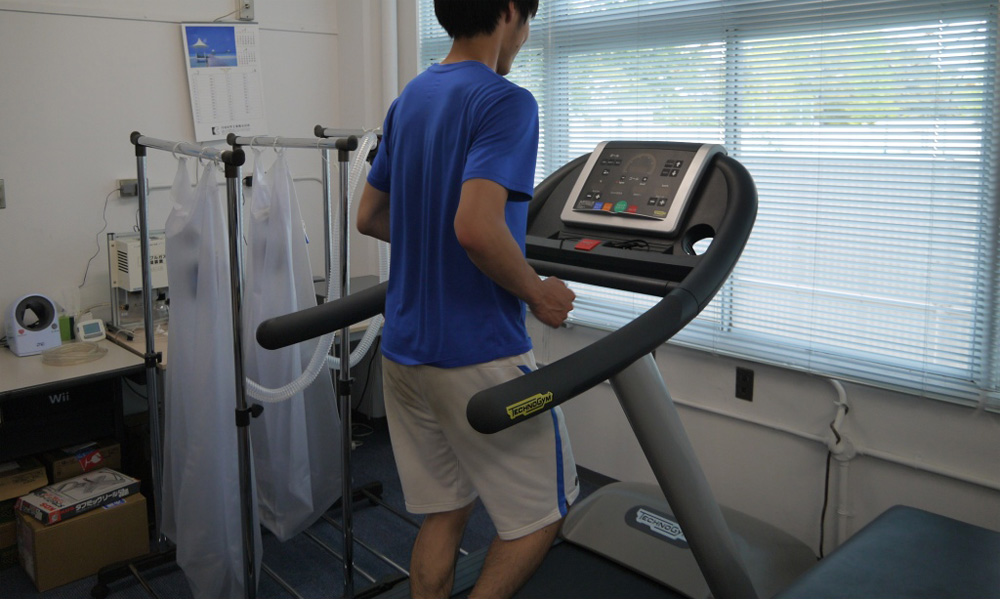
4. The effects of functional nutrients on physical performance and fatigue in athletes
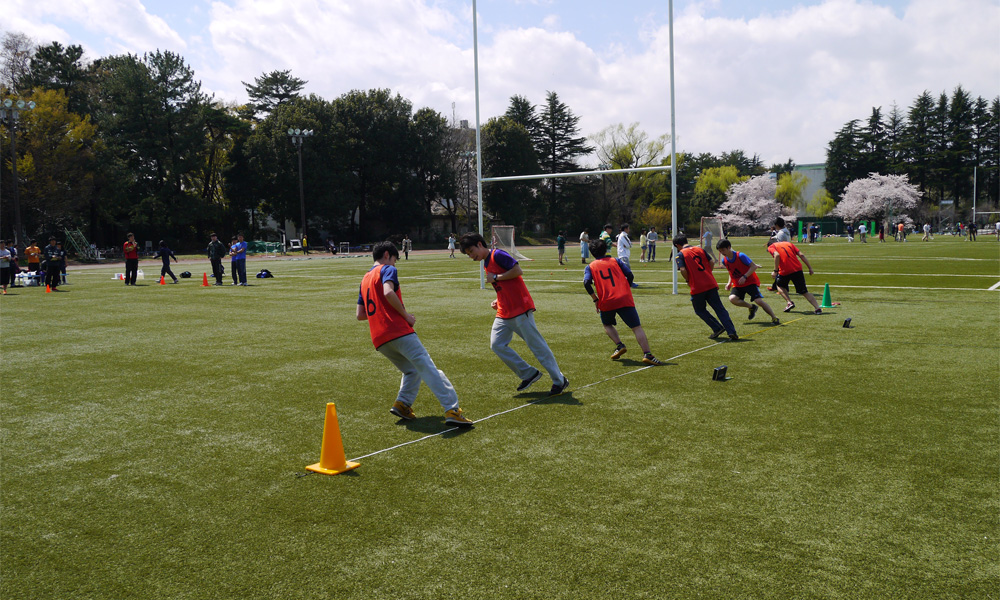

5. The different active recovery methods on physical performance and fatigue
